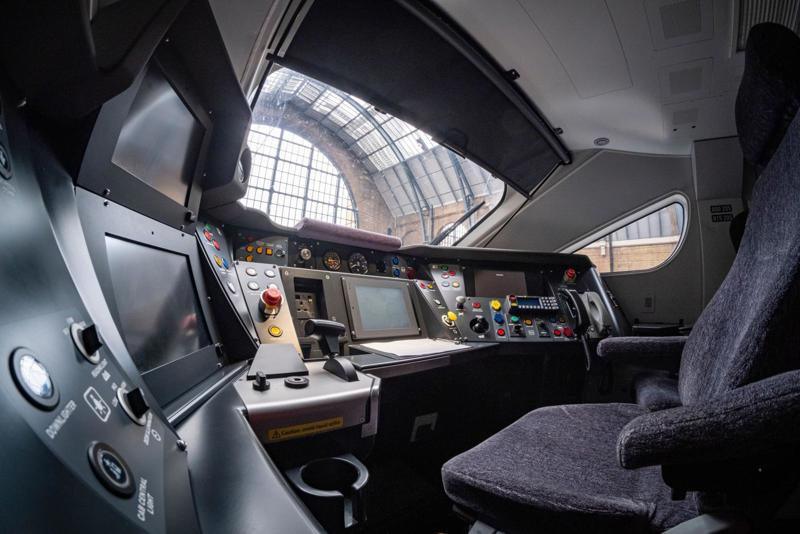
The minimum age to become a train driver is to drop to 18, the Department for Transport (DfT) has announced.
Since 2010 drivers have had to be at least 20 years old, but the UK is now set to follow the likes of France, Germany, the Netherlands and Switzerland in allowing 18-year-olds take up the profession.
In a letter to the industry announcing the change of minimum age, Rail Minister Lord Hendy said: “Many in the sector strongly advocated for a review of the minimum entry age to be a train driver.”
The government believes that benefits will include creating a sustainable pipeline f future drivers, improving the industry’s capabilities to recruit young people, have a more diverse and representative workforce and tackle the ageing profile of drivers.
The Rail Minister’s foreword said that research by the Rail Safety and Standards Board in 2019 confirmed “no correlation between younger train drivers and poor safety performance”.
He said the research found that drivers aged under 20 in other countries were as successful as older colleagues in meeting standards, adding: “The operators that participated in this research indicated that having a wider pool of potential talent to choose from strengthened their recruitment capabilities and helped to diversify their workforces.”
Hendy also said: “We believe this measure can unlock opportunities for the next generation, create jobs, support economic growth and deliver an improved railway fit for the future. We will now work with the rail sector to prepare for the next steps to set a timetable for changing the law.”
Recruitment, selection and monitoring requirements are set to remain unchanged. The government also expects the industry to have “adequate time to prepare before the law is changed”.
“We are now asking the sector to work together to prepare an industry-wide plan for integrating prospective younger applicants into the train driving profession, to ensure that this is done effectively and consistently,” Hendy said in his letter to the industry.
“The plan should ensure that the procedures, guidance and standards used for training, assessing, managing, supervising and onboarding younger applicants are effective and appropriate.”
Explaining another expected benefit, Hendy also said: “By the time someone has reached the age of 20, they have often committed to alternative career paths, or higher education before they have even recognised the opportunity to become a train driver.
“For some, a lack of role models has also played its part, leading to a perception that they do not fit the typical image of a train driver and that the lifestyle is not suited to them.
“We should be looking to change this attitude. Anyone with the right skills, maturity and sense of responsibility can be a train driver, and we should be embracing people from all walks of life into the profession. This should begin at schools and colleges, where people are considering their future.
“To this end, we should be building industry capability and capacity by strengthening the pathways between those at this critical stage in their lives and the train driving industry.”
The government also said that several train and freight operating companies have called for the law to be changed, with drivers’ union ASLEF supporting the lowering of the minimum age too.
With regards to the ageing profile of drivers, research by the National Skills Academy for Rail (NSAR) found the average age of drivers is now 48, with 40% over 50 and 30% set to reach retirement age by 2029. One in three driver managers could also retire by 2030, around 200 in total.
The percentage of drivers projected to retire by 2029 is:
38% in Scotland
37% in the north east of England
34% in the south east of England
33% in the south west of England
29% in Yorkshire and the Humber
24% in London
Speaking to RAIL earlier this year, NSAR’s Workforce Planning Adviser, Neil Franklin, explained that many staff reaching the age of 55 who have been working in the railway for all their working life will be on a final salary pension, meaning they could get three-quarters of their final salary for life.
“If you’re a train driver on £80,000 a year, you may be able to retire at 55 on £60,000 a year,” he said.
However, he also said: “We are just about keeping pace with driver recruitment.
“I don’t think finding drivers is an area of risk, because people are attracted by the idea of driving a train and earning lots of money. There are hundreds of applicants for every vacancy.”
Office for National Statistics data shows a reduction in the overall total rail workforce from 740,000 in 2019 to 640,000 in 2023.
The Railway Industry Association, which represents the supply chain, calculates that more than 30% of that workforce is over the age of 50, with 47,000 people due to retire by 2030.
Responding to the announcement, RSSB Chief Executive, Mark Phillips, said: “To boost economic growth by running more frequent rail services, the industry needs to invest in enabling more young people to start train driver apprenticeships,” adding that 18-year-olds can do the job.
“Starting a train driving career could be more appealing at 18 than at 20, as young people can choose it over pursuing a degree or an office job. It is an excellent career choice, offering the opportunity to work independently in a role that carries huge responsibility.”


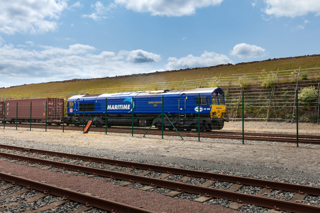
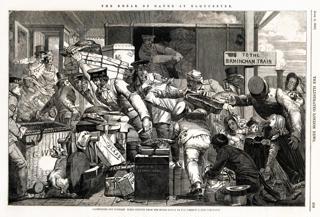
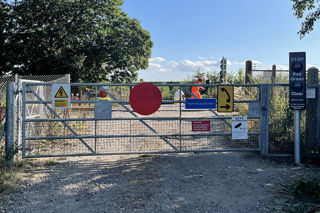
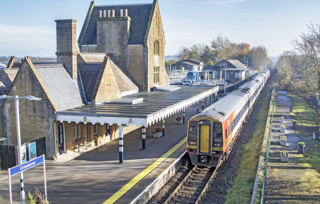


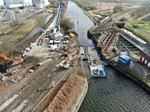
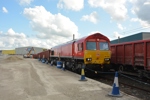


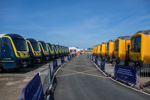


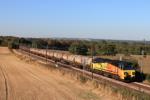


Login to comment
Comments
No comments have been made yet.